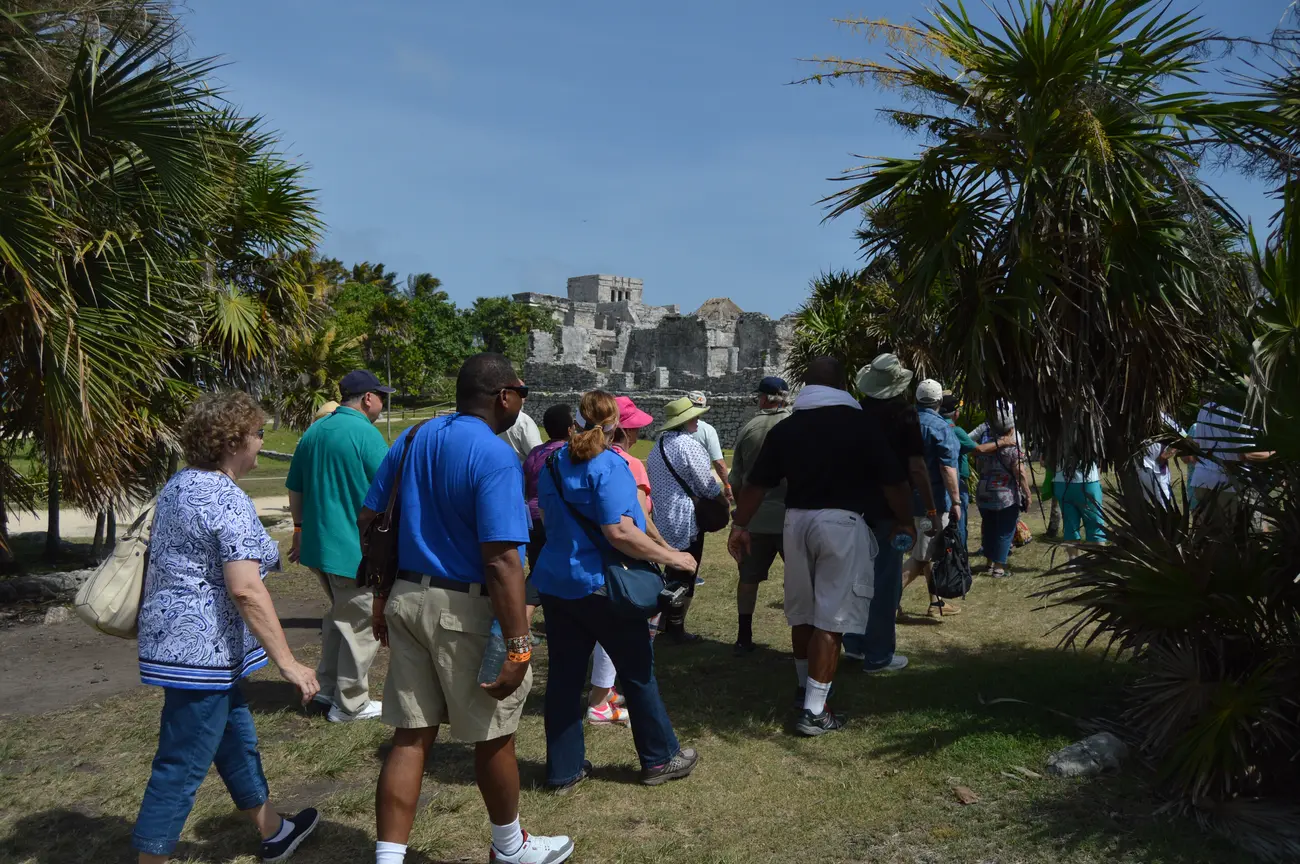The Cross-Gulf Travel Theory proposes the idea that the ancient Maya came to southwest Florida when devastating droughts occurred on the Yucatán Peninsula of Mexico as early as the ninth century, and that they ended up around Lake Okeechobee.
The Maya may have believed that they were following their god to Florida.
Images of the Oculate Being can be traced in ancient cultures from South America to Mexico. Different cultures separated by distance and time develop a very similar deity who is usually pictured flying, has what art historians call “goggle eyes,” and is associated with agriculture, particularly the growing of corn.
Sandra Starr, former senior researcher at the Smithsonian Institution National Museum of the American Indian, is the first to recognize that the different ancient deities of South and Central America all share the same mythology.
“It’s always a surprise to see that the large maize corn cultures all created a deity for what kept them alive, the corn and maize,” says Starr. “Even though the cultures were sometimes thousands of miles away, they envisioned this man as a separate person, but with the same legend. That’s the astounding part.”
While the deities appear in different forms and with different names, Starr has identified visual cues that indicate that the deities share the same story.
“Most profoundly, that he appeared out of nowhere and he went away, saying he would return,” says Starr. “So there are many things that are alike. But as you can assume, the creative people in each of these cultures were either untrained or had very little to do with each other, so they used the materials that were nearest to them. Some were all stone; some were ceramic, some were almost impossible to work with. They still expressed this deity. So, of course, it took different shapes.”
The ancient Maya on the Yucatán Peninsula of Mexico had sophisticated cities at places such as Chichén Itzá and Tulum, where they built stone temples that endure today. The Maya would make pilgrimages to these temples.
“You go to the temples you have built, a pyramid-like thing in most cases, to the deity of corn and maize,” Starr says. “In every case, when you follow the pilgrimage lines, and you already understand that the deity made a statement that he would return, and you are at the end of the road there in the Yucatán, and the drought was killing you all, you would, if you hypothesize yourself in the situation, you would want to find him.”
The plausibility of the Cross-Gulf Travel Theory is supported by the fact that the ancient Maya were accomplished mariners, known for constructing very large canoes.
“These were sailing vessels that could seat 25,” says Starr. “They were 8 or 9 feet across, and heavy duty, and had different bow and stern than the other types of pointed canoes. I think because of their mathematical genius, their ability to have orientation from the stars, these were ideal mariners.”
The Gulf currents could have brought the Maya to southwest Florida, and they may have ended up near Lake Okeechobee.
Starr hypothesizes that when severe drought may have driven people off the coast of the Yucatán and into the Gulf of Mexico, they would have brought gifts, and materials they would need when they reached land.
The Maya would have brought maize to grow, and archaeologist William Sears, who died in 1996, found a rare abundance of maize corn pollen at the Fort Center Archaeological Site near Lake Okeechobee. The site also contains a crescent shaped mound most closely associated with the Maya.
The crested caracara bird was important to Mayan royalty. The bird is found in South and Central America, but is not common in Florida.
“When you start to map where those birds are, I was astonished and thrilled to find that there was a whole section in the center of Florida, around Lake Okeechobee, where there are some of these crested caracaras,” says Starr. “They don’t fly much; they wouldn’t have migrated, so how did they get there?”
While the Cross-Gulf Travel Theory is not yet generally accepted as fact among anthropologists, evidence supporting the idea continues to be accumulated.
